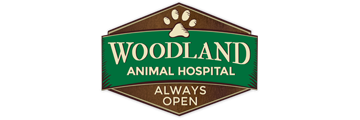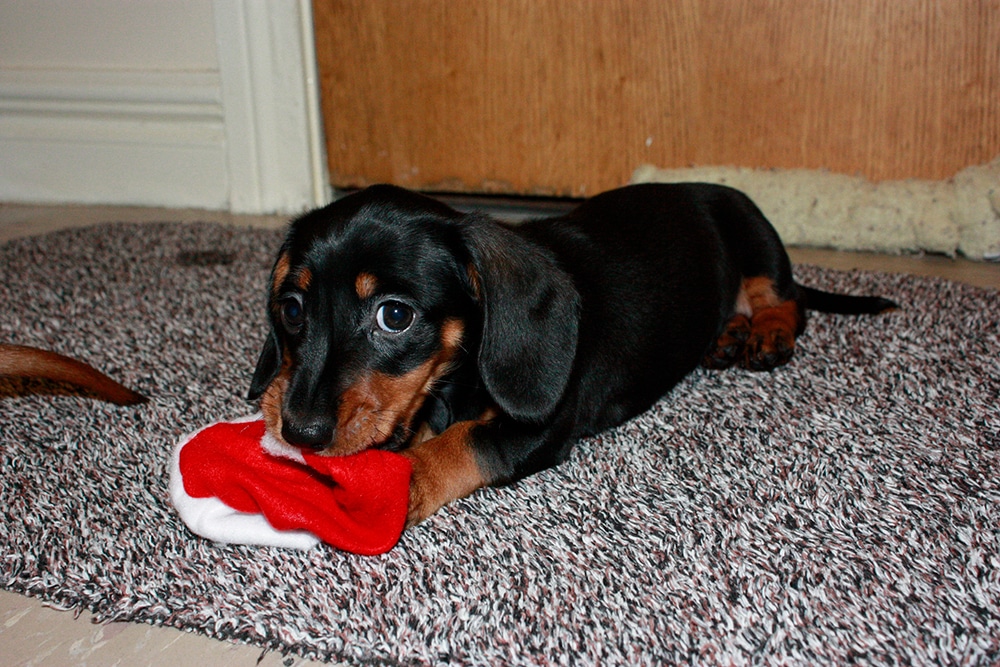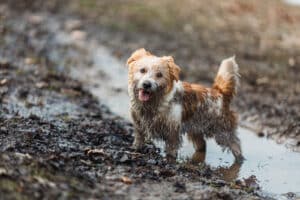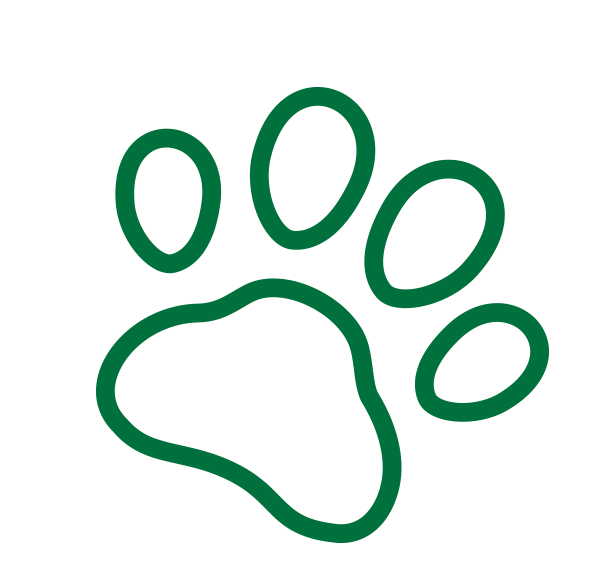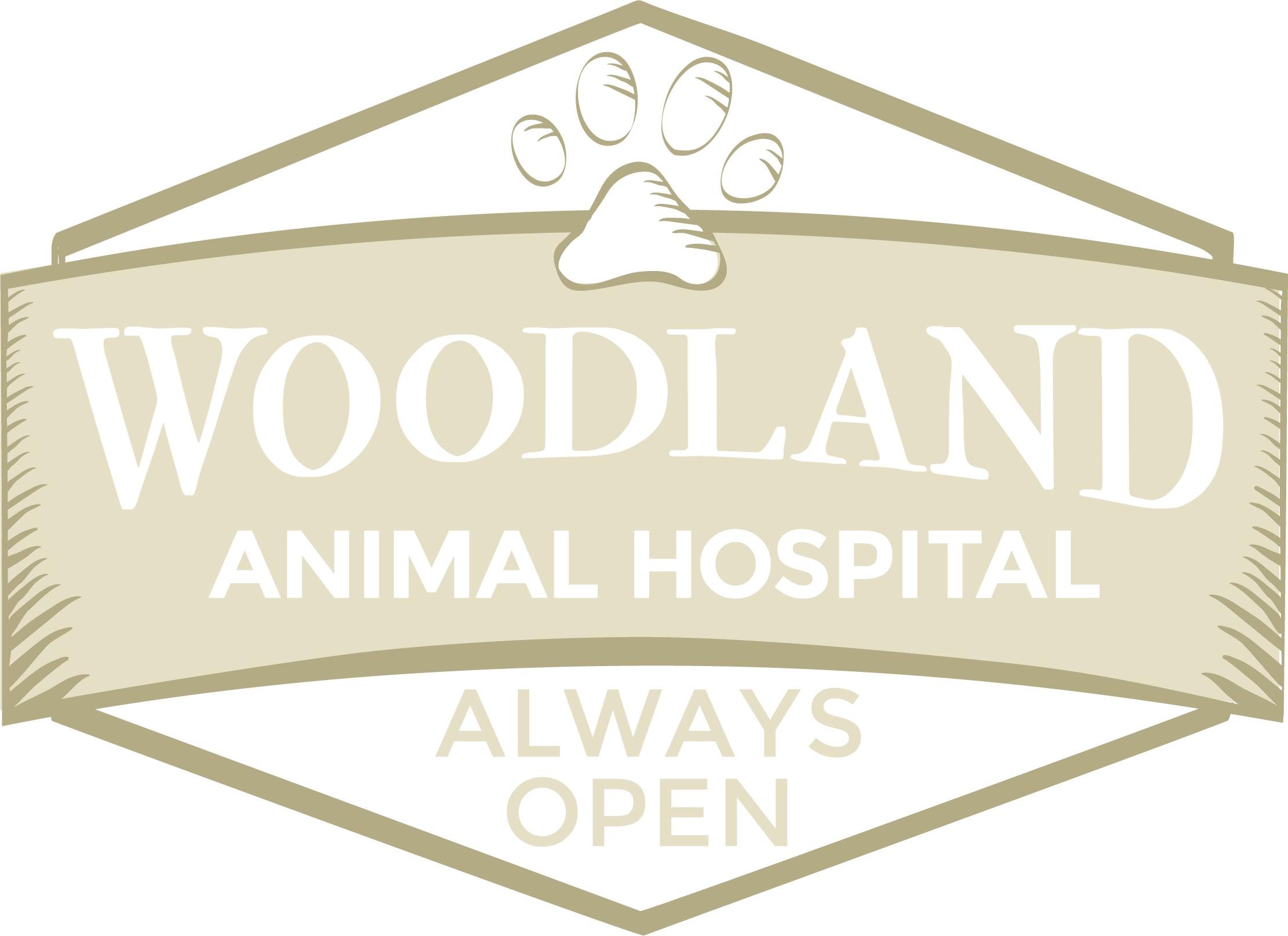Dog Pica: Unusual Eating Habits in Dogs
Dogs are recognized for their voracious appetites and eagerness to eat nearly anything. However, there are occurrences when dogs are engaged in strange eating behavior that goes beyond their usual dietary requirements. This condition, known as dog pica, involves the intake of non-food items. Pica might be alarming as it endangers a dog’s health and well-being. In this thorough article, we will study the phenomenon of dog pica, the possible causes, related risks, and tactics for prevention and management.
Differentiating between Normal and Abnormal Eating Habits
Habitual chewing behavior in dogs has numerous purposes, including teething, boredom relief, tooth cleaning, and navigating their surroundings. Puppies tend to discover the world through their mouths and may chew on several things as part of their growth and teething process.
On the other hand, pica involves the constant and unusual desire to consume non-food items that are not part of a dog’s natural diet. It is distinguished by recurring and obsessive behavior that can be dangerous to the dog’s health.
Types of Pica
Geophagia
Geophagia indicates the intake of soil, dirt, or rocks. Dogs revealing this particular form of pica may be drawn to the flavor, texture, or minerals present in the soil or rocks.
Coprophagia
Coprophagia is the ingestion of feces, either one’s own or that of other animals. Although it is thought to be a typical behavior in dogs, it is nonetheless a form of pica.
Pagophagia
Pagophagia is the hunger and eating of ice or other frozen objects. Some dogs with iron deficiency may exhibit this type of pica.
Wool-sucking and Fabric-eating
Wool-sucking and fabric-eating pica involves a dog’s fascination with chewing, gulping, or swallowing fabrics such as blankets, socks, or garments.
Causes of Dog Pica
Behavioral Causes
Boredom and Lack of Mental Stimulation
Dogs that receive inadequate psychological and physical stimulation may engage in pica to lessen boredom or for self-amusement. Without proper channels for their energy and mental needs, they may indulge in appropriate eating behaviors.
Attention-Seeking Behavior
Some dogs may display pica to draw the interest of their owners. If they get noticed or receive a reaction when they are involved in the behavior, it reinforces the behavior and motivates them to keep doing it.
Anxiety and Stress-related Issues
Dogs experiencing anxiety, stress, or emotional distress may turn to pica as a coping mechanism. Ingesting non-food items can provide a sense of comfort or relief from their emotional state.
Nutritional Deficiencies
Nutritional deficiencies can contribute to pica in dogs. Certain vital minerals, such as iron, zinc, or fiber, are necessary for retaining a well-balanced diet. When certain nutrients are deficient, dogs may start wanting things other than food items as their body’s efforts to make up for the deficiency.
Medical Conditions:
Gastrointestinal Disorders and Malabsorption Issues
Dogs with gastrointestinal conditions or malabsorption problems may exhibit pica. These diseases can interrupt the proper digestion and engrossing of nutrients, triggering a desire for non-food items.
Hormonal Imbalances
Hormonal imbalances, such as those associated with thyroid or adrenal gland disorders, can alter appetite management and result in aberrant eating behaviors, including pica.
Learned Behavior
In some cases, dogs may learn pica by observing and imitating the behavior of other dogs or even their human companions.
Risks and Complications of Dog Pica
Gastrointestinal Obstruction
One of the main risks associated with dog pica is abdominal blockage. When a dog takes in non-food items, such as rocks, toys, or fabric, there is a chance that these objects can become stuck in their digestive tract. This may result in obstructions, causing excruciating pain, discomfort, vomiting, diarrhea, and even life-fatal complications. Surgery may be required to remove the obstructed objects.
Dental Issues
Chewing on hard items, such as pebbles or sticks, can result in broken teeth, tooth wear, or gum injuries. These dental problems can cause pain, and difficulty eating, and may take dental treatment or extractions.
Toxicity
Some non-food items that dogs absorb during pica may contain poisonous ingredients. Toxicity symptoms can range from minor stomach trouble to severe organ damage or even fatality.
Infections
Certain non-food items, such as feces or objects contaminated with bacteria or parasites, can increase the risk of infections. Ingesting these items can introduce harmful pathogens into the dog’s system, leading to gastrointestinal infections, bacterial overgrowth, or parasitic infestations.
Choking Hazards
Objects that aren’t meant for ingestion might cause choking danger for dogs. Small objects or pieces that can break apart from bigger objects may become trapped in the esophagus or airway, causing choking, and potentially necessitating emergency intervention.
Surgical Intervention
In critical cases of pica, where a dog has swallowed large or indigestible objects, surgical intrusion may be necessary to withdraw the objects from the digestive system.
Repeat Ingestion
If pica behavior persists and is not addressed, there is a risk of repeat ingestion of non-food items. This can lead to a cycle of risk and complications, with each episode increasing the likelihood of further harm to the dog.
Diagnosis and Veterinary Intervention
Veterinary Evaluation
When a dog shows pica behavior, the first step is to arrange a comprehensive veterinary assessment. During this examination, the veterinarian will perform a physical checkup of the dog and discuss their medical history and behavior with the owner. It is foremost to provide full information about the dog’s feeding routines, any recent changes in behavior, and the types of non-food items ingested.
Behavioral Assessment
A thorough behavioral evaluation is essential in diagnosing pica. The veterinarian may ask about the dog’s living conditions, social contact, and any recent changes that may have contributed to the behavior. This judgment helps decide if the pica behavior is linked to environmental factors, anxiety, stress, or other behavioral issues.
Treatment Plan
Based on the clinical findings, the veterinarian will create a complete treatment plan modified according to the required needs of the dog. The plan will include addressing any underlying medical conditions, executing behavior alteration methods, and providing environmental enrichment. Nutritional adjustments or supplements may be recommended if nutritional deficiencies are detected.
Prevention and Management of Dog Pica
Environmental Management
Establishing a safe and developing environment is fundamental to preventing pica. Make sure that your dog’s living space is free from possible exposures and objects that can be eaten. Keep non-food items, toxic substances, small objects, and household chemicals out of reach.
Provide Appropriate Chew Toys
Provide a variety of safe and durable chew toys to fulfill your dog’s innate chewing instincts. Select toys that are made for dogs and cannot be easily pulled apart or swallowed. Swap the toys regularly to keep your dog busy and inhibit boredom.
Proper Nutrition
Ensure that your dog is taking a sufficient and nutritive diet right for their age, breed, and health condition. Discuss with your veterinarian to decide the best diet for your dog. If necessary, consider adding supplements to address any nutritional deficiencies.
Mental and Physical Stimulation
Provide plenty of mental and physical exercise to avoid boredom, which can lead to pica. Indulge them in interactive play sessions and provide puzzle toy activities to stimulate your dog’s mind.
Supervision and Distraction
Supervise your dog closely, especially during times when pica behavior is likely to occur, such as when outdoors or in unfamiliar environments. Use distraction techniques, such as redirecting their attention to toys or engaging in interactive play, to divert their focus from non-food items.
Addressing Anxiety and Stress
Consult with a professional to develop a plan to alleviate their anxiety. This may include implementing relaxation techniques, providing a safe and secure space, or using pheromone products to create a calming environment.
Conclusion
Dog pica is a complex condition that can stem from various causes, including nutritional deficiencies, behavioral factors, medical conditions, boredom, and genetics. Pet owners need to understand the risks associated with dog pica and take proactive measures to prevent and manage this behavior. Through a combination of proper nutrition, behavioral training, environmental enrichment, and veterinary intervention, pet owners can help their dog’s overcome pica and lead healthy, happy lives. By addressing dog pica with knowledge, patience, and care, pet owners can ensure their beloved companions are protected from the potential dangers associated with unusual eating hab
Dealing with dog pica, a condition where dogs exhibit the behavior of eating non-food items, can be concerning and challenging. If you suspect your dog may have pica or have concerns about their eating habits, it’s crucial to seek professional assistance. Woodland Animal Hospital in Locust Grove, GA, is here to help. Our compassionate team of experts can provide you with the guidance and support needed to address your dog’s pica effectively. We can evaluate any underlying medical conditions, offer behavioral management strategies, and provide nutritional recommendations to ensure your dog’s health and safety. Don’t hesitate to reach out to us for professional advice tailored to your dog’s specific needs. Together, we can help your dog overcome pica and ensure their overall well-being.its.
